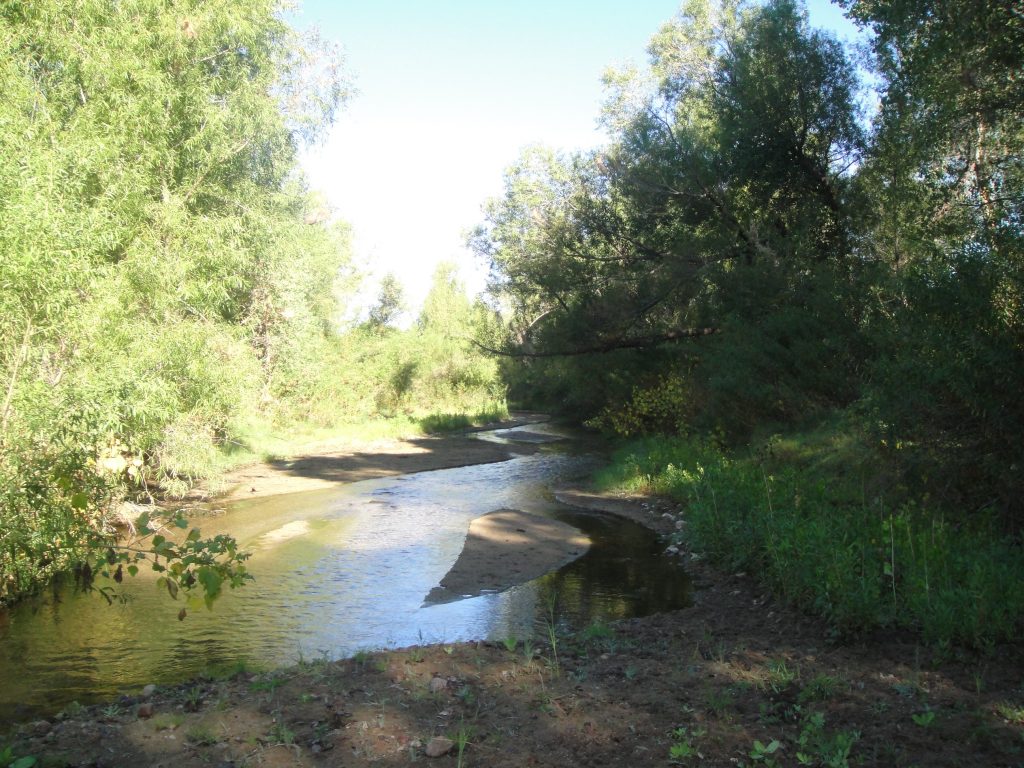This month, we are celebrating American Wetlands Month! When you think of wetlands you might think of marshlands like the Louisiana Delta or the Florida Everglades. What might surprise you is that we do have wetlands in the Arizona desert. Some are natural and some are manmade.
What is a Wetland?
Wetlands are areas where water covers the soil or exists at or near the soil surface. The water can be present all year or can vary depending on the time of year. There are two basic categories of wetlands:
Coastal/Tidal wetlands are found along the Atlantic, Pacific, Alaskan and Gulf Coasts. They are often closely tied with estuaries, where the fresh water of the wetland mixes with sea water. Due to the fluctuating water levels (from tidal changes) and salinity of the water, many of these coastal areas are devoid of plants.
Inland/Non-tidal Wetlands occur most often on river floodplains (riparian wetlands), in depressions (such as playas, basins, and “potholes”), along margins of lakes and ponds, and in low-lying areas where groundwater intercepts the soil surface, or rain fully wets the soil (vernal pools and bogs).
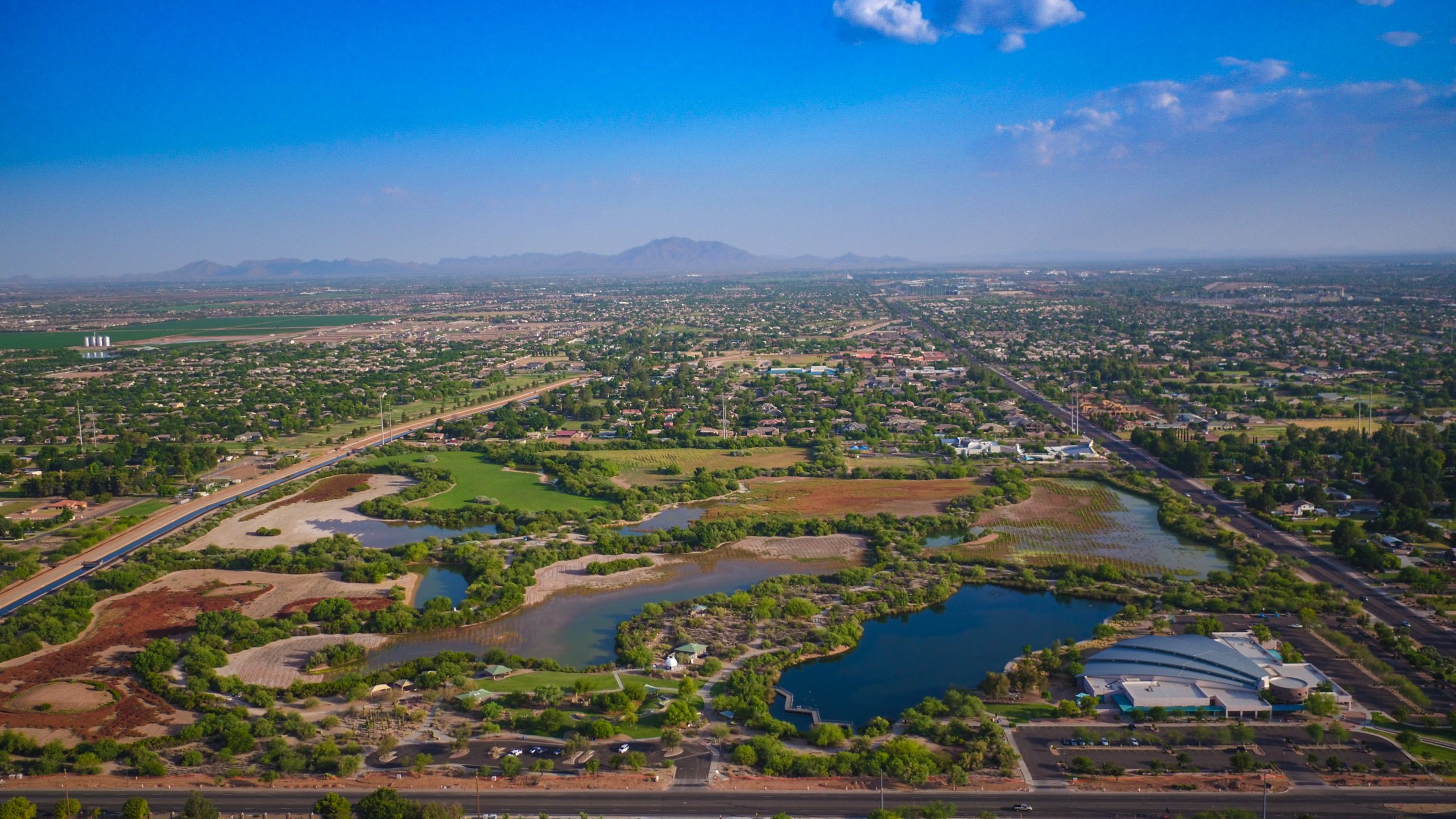
Why Are Wetlands Important?
Wetlands are home to a diverse assortment of species including microbes, plants, insects, amphibians, reptiles, birds, fish, and mammals and are a critical part of our natural environment. They are among the most productive ecosystems in the world, comparable to rain forests and coral reefs. Several factors, including climate, landscape shape, geology, and the movement and amount of water available help determine which plants and animals will inhabit a particular wetland.
Besides providing a habitat for many species, wetlands also serve other important functions: protecting shores from wave action, reducing the impacts of flooding, absorbing pollutants, improving water quality, and providing recreational opportunities.
Healthy wetlands and other riparian areas can also have a positive effect on the economy. A recent report from Audubon Arizona found that Arizona’s waterways, including our many rivers, lakes, and streams, contribute $13.5 billion to the state’s economy and support 114,000 jobs.
For all these reasons and more, protecting our wetlands is of vital importance.
Where Are The Wetlands?
Believe it or not, there are wetlands in all 50 states, so now is the perfect time to find and explore a wetland near you! Check with your local parks department or state land management agency for information on wetlands in your state. Or a quick Google search of “wetlands in my state” will return several helpful search entries.
If you are lucky enough to call Arizona your home, or you are just passing through, we have a number of wetlands that are worth checking out. According to the U.S. Fish and Wildlife Service, 80 percent of the state’s plant and wildlife species can be found along Arizona’s rivers.
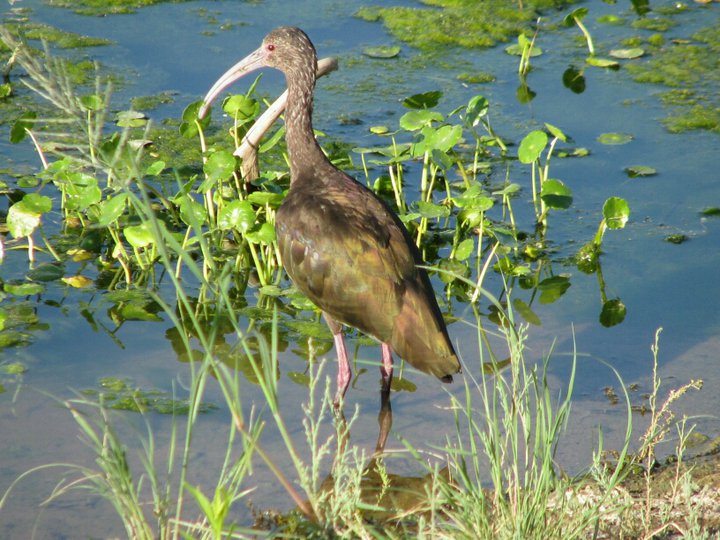
Tres Rios Wetlands is a constructed wetland system located in southwest Phoenix. The wetland is supported by and helps to further clean reclaimed wastewater that has been treated to drinking water quality. This wetland in the desert is home to more than 150 different species of birds and animals, such as raccoons, bobcats, and beavers, and protects nearby homes and businesses from potential flooding. Currently, a permit is required to visit Tres Rios.
Riparian Preserve at Water Ranch, located in the heart of Gilbert, AZ, this wetland was originally a pond used for storing treated wastewater. But the pond attracted a variety of birds, which in turn attracted a lot of bird watchers. When Gilbert expanded with 7 water recharge basins, the area grew into a 110-acre wildlife habitat, with several miles of hiking and horse trails. There is also a library, fishing lake, park, and fire station nearby. The Riparian Preserve attracts nearly 300 species of birds annually as well as thousands of visitors, including many local school tours.
San Pedro Riparian National Conservation Area was designated by Congress as a National Conservation Area (NCA) on November 18, 1988. Located near Sierra Vista in southern Arizona, the NCA contains about 40 miles of the upper San Pedro River. The area includes popular trails for birdwatchers, hikers, and mountain bikers, as well as a significant archeological site that dates back 40,000 years. The area is managed by the Bureau of Land Management.
Bill Williams River National Wildlife Refuge, located in central-western Arizona, protects a portion of the Bill Williams River that extends 40 miles before emptying into the Colorado River at Lake Havasu. Spanish explorers who traveled through the area as early as 1598, and later western explorers, documented the ecologically rich landscape. The Refuge is home to a diversity of resident and migratory wildlife, including 355 species of birds, 34 different reptiles, 40 species of butterflies, 57 species of mammals, and 7 amphibians. Visitors can view wildlife or just simply get outside. There are also walking trails, non-motorized boating, fishing, hunting, and kayaking.
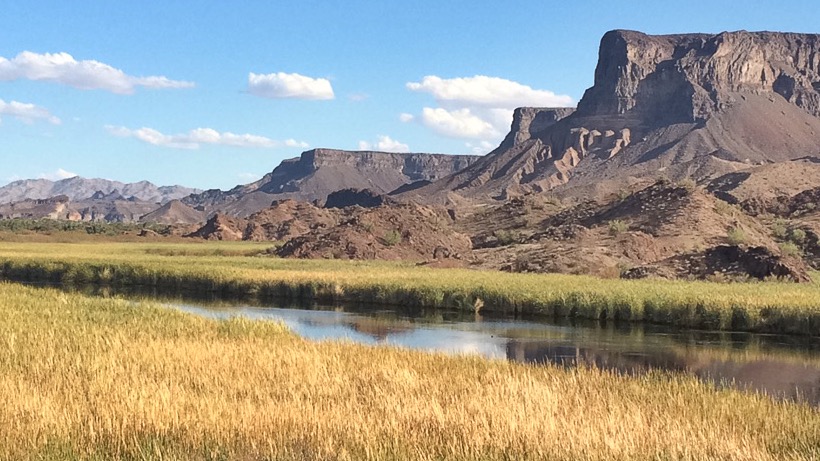
Hassayampa River Preserve consists of approximately 79 acres along the Hassayampa River. The Hassayampa River is one of the few undammed rivers in Arizona creating an oasis in the Sonoran Desert. In the late 1800s, the area was part of a productive farm and ranch that fed the miners from the nearby Vulture Mine. The amazing canopy of cottonwood and willow trees supports an amazing diversity of wildlife, including almost 300 different species of migratory and resident birds. Previously managed by the Nature Conservancy, the Preserve is now part of the Maricopa County regional park system.
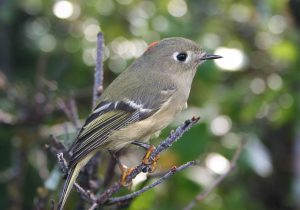
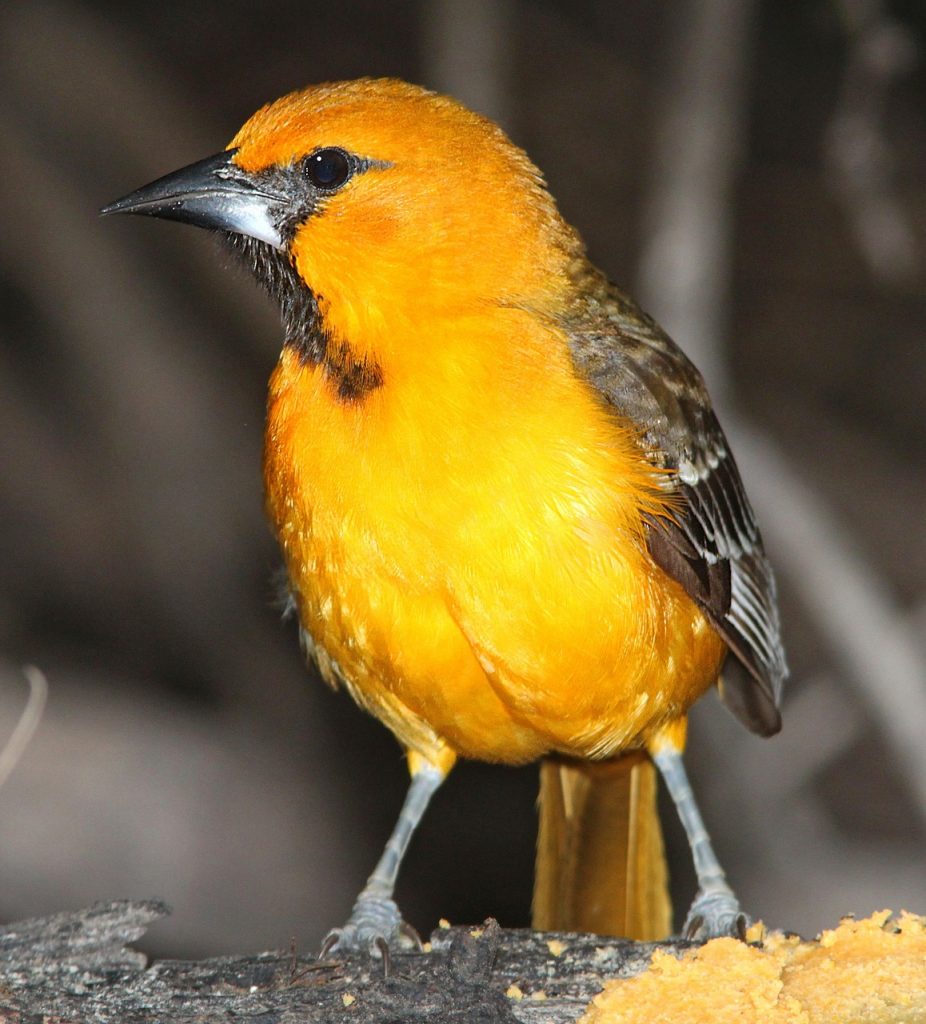
Rio Salado Habitat Restoration Area is located south of downtown Phoenix and borders the Salt River. The goal is to restore the native wetland and riparian habitats of the Salt River. Previously a dump site, the area now boasts five miles of paved and dirt trails. Bird enthusiasts have documented sitings of more than 200 species. Rio Salado’s restoration area includes several hiking trails that are open to anyone, whether you bike, hike, jog, ride a horse, or use a wheelchair.
How did American Wetlands Month Get Started?
Wetlands play an important part in the Nation’s ecological, economic, and social health. American Wetlands Month was created in 1991 by EPA and its partners (agencies at the federal, state, tribal and local level, as well as non-profits and private-sector entities) to help Americans understand the value of wetlands as a precious natural resource.
What can you do to help protect the wetlands in your community, state or country? American Wetlands Month is a perfect time to get started!
Want to learn more about wetlands? Here are some additional articles:
- Celebrate AZ Water: Wetlands — The Buffer Zone Between Life and Loss
- Celebrate AZ Water: Turning the Bend at River Bend — Successful Restoration on the Agua Fria River
- Wetlands Education for Students and Teachers
- Wetlands Protection and Restoration


